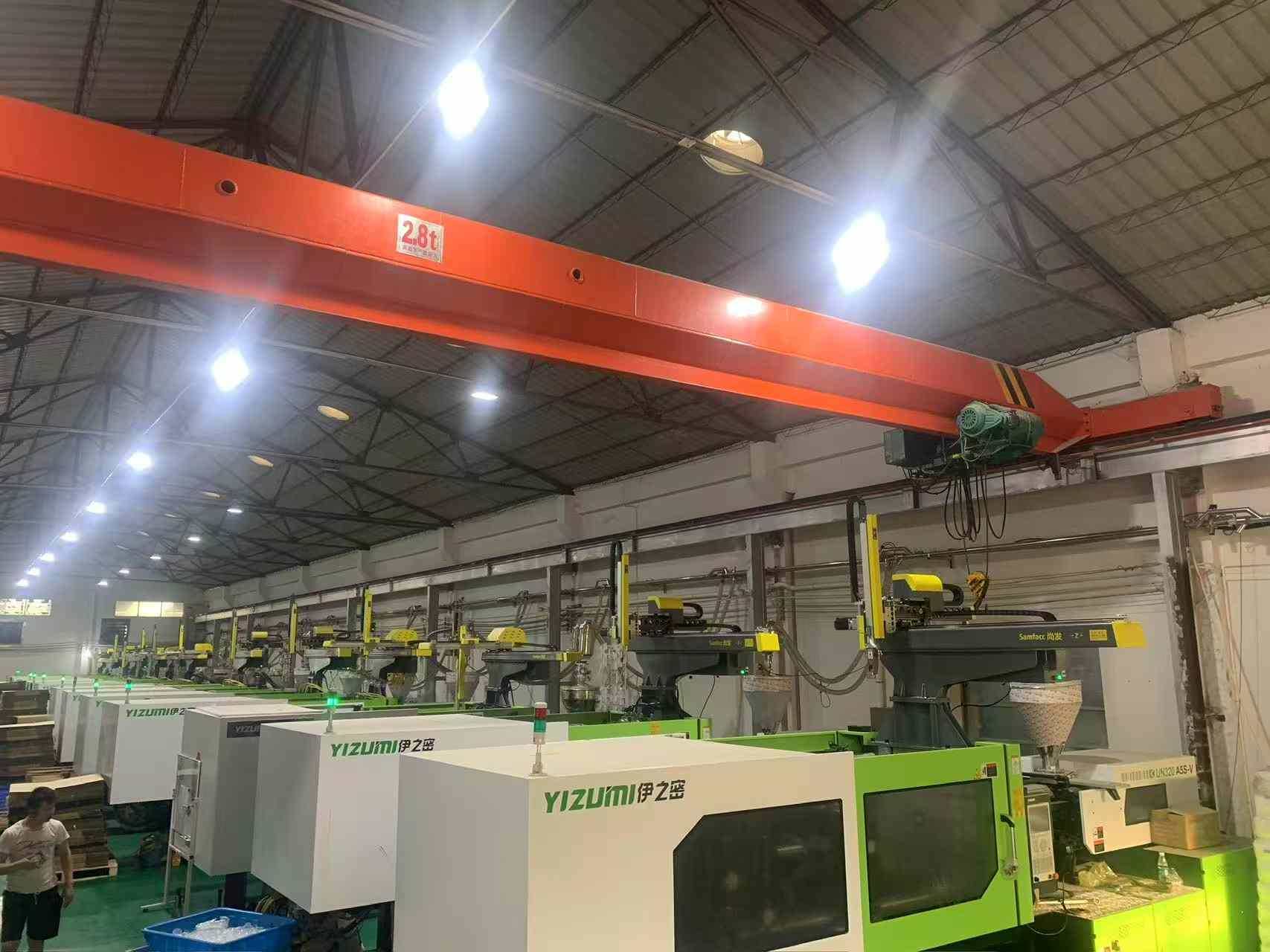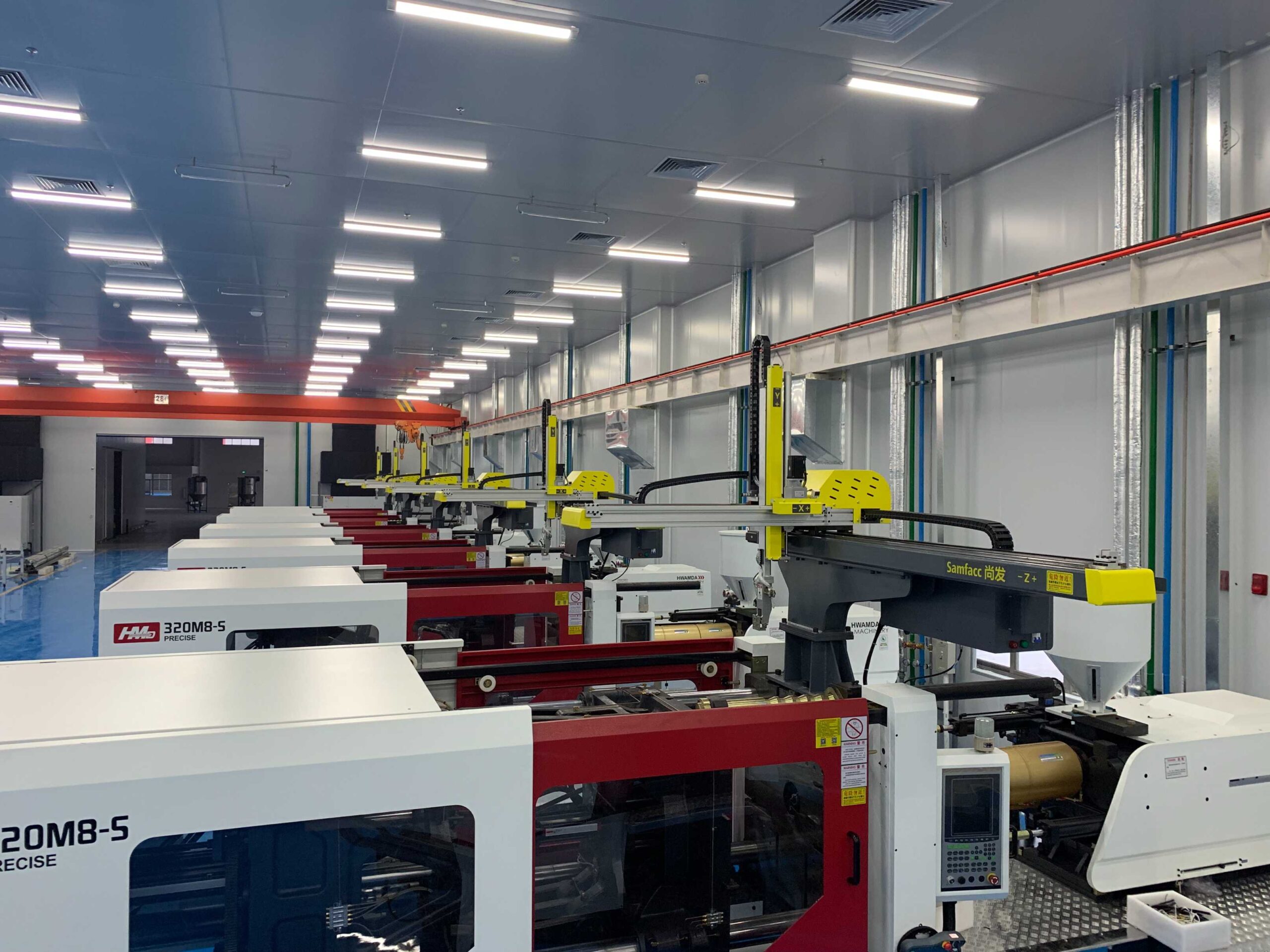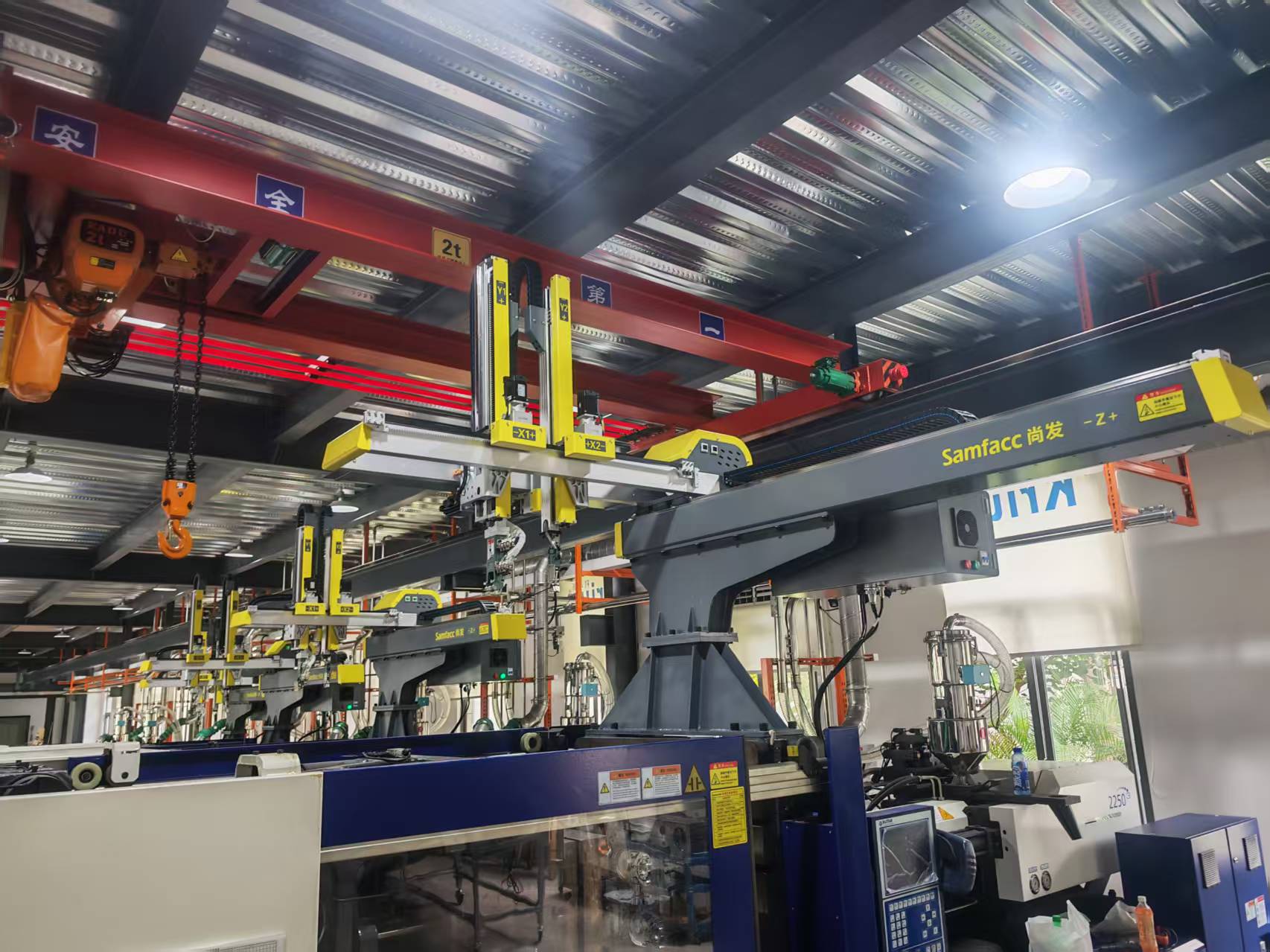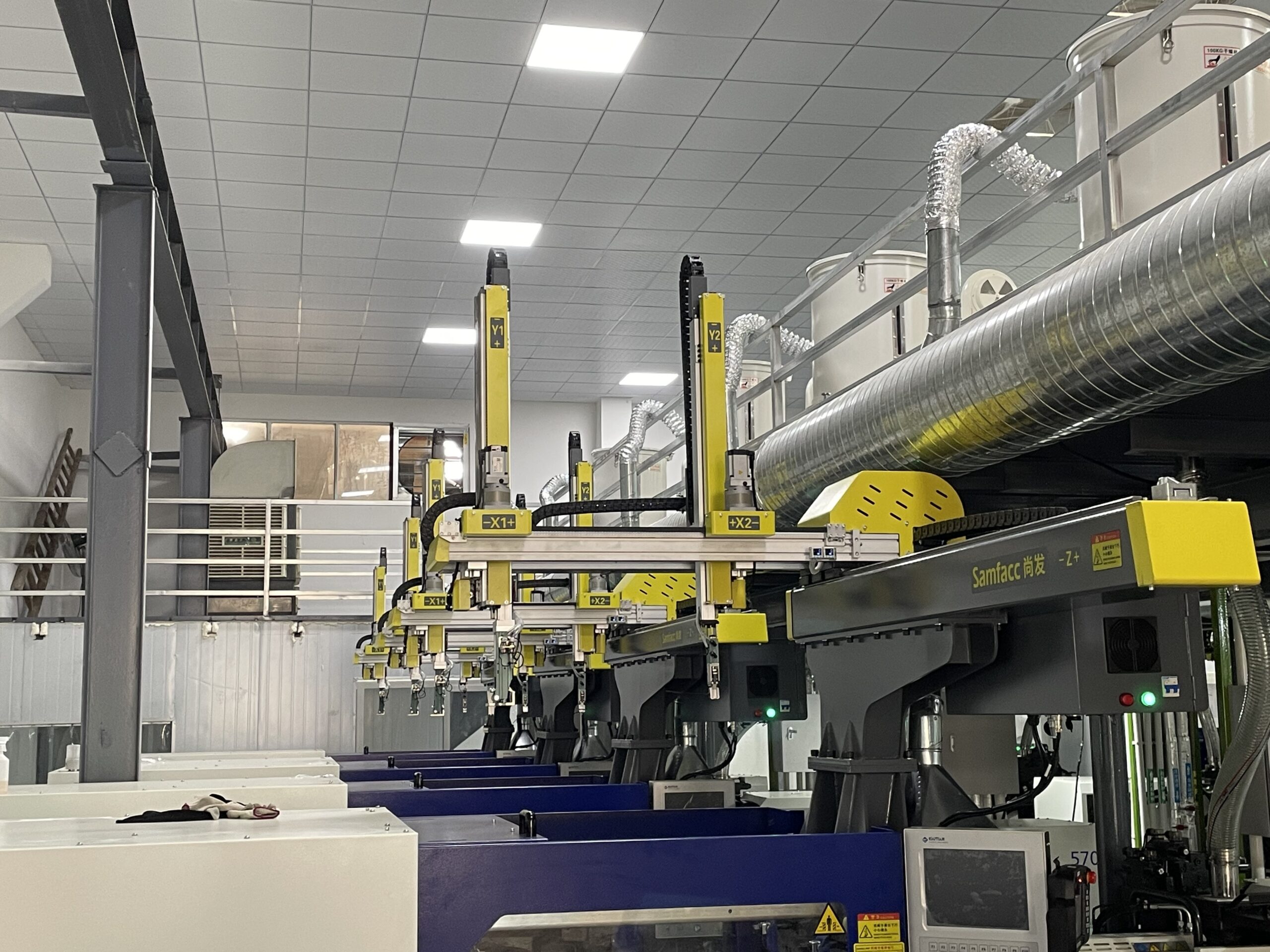Desktop injection molding machine robots are essential tools for small-scale production or prototype manufacturing, offering a flexible approach to production. But what is the typical lifespan of these machines, and what factors influence how long they can last? This article explores the expected longevity of desktop injection molding machine robots and offers practical advice on how to extend their service life.
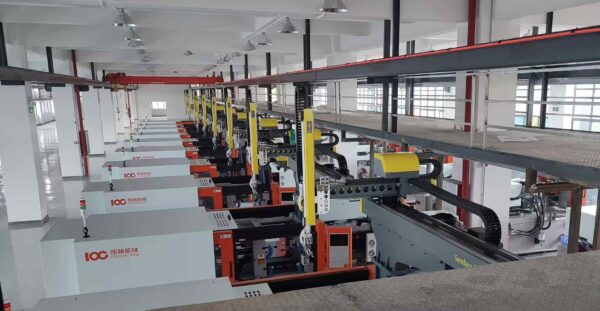
Understanding the Lifespan of Desktop Injection Molding Machine Robots
A desktop injection molding machine robot is a compact version of larger industrial machines, designed for small-scale or prototype production. Despite their smaller size, they operate on the same principles as their larger counterparts, making them reliable for small-scale projects. The average lifespan of a desktop injection molding machine robot ranges from 5 to 10 years, depending on factors like usage frequency, maintenance, and overall machine quality. Machines used in high-demand environments or for extended periods may experience a shorter lifespan, but with proper maintenance, even frequently used machines can remain functional for many years.
Factors Affecting the Lifespan of Desktop Injection Molding Machine Robots
- Usage Frequency
The more often a desktop injection molding machine robot is used, the quicker its components will experience wear. Machines in continuous operation will show more signs of strain, while those used less frequently tend to have a longer service life. - Maintenance
Regular cleaning, lubrication, and checking for wear and tear are critical to extending the lifespan of a desktop injection molding machine robot. Routine maintenance can prevent costly breakdowns and keep the machine running smoothly. - Operating Environment
The environment in which a desktop injection molding machine operates also impacts its lifespan. Machines exposed to extreme temperatures, excessive pressure, or poor-quality materials may wear out more quickly. Maintaining an optimal operating environment helps prevent premature aging of the machine. - Machine Quality
The lifespan of a desktop injection molding machine robot is mainly determined by the quality of its components. High-quality parts are built to endure wear and stress, ensuring longer-lasting performance and reliability. Here are some of the characteristics of high-quality molding machines that contribute to their longevity:

- High-Speed Robot SFK Series
The High-Speed Robot SFK Series is designed for automated material handling in environments that require rapid responses and high precision. These machines are equipped with high-performance motors and sensor systems to ensure efficient and stable operation, reducing wear and extending the machine’s lifespan. The automated systems increase production efficiency and reduce human intervention, further enhancing long-term durability. - Swing Arm SP Series
The Swing Arm SP Series is known for its precision and durability, especially in precision mold production. Their hydraulic systems and swing arm designs offer precise control, ensuring stable operation even under heavy loads. Regular maintenance of hydraulic systems, swing arms, and lubrication helps prevent excessive wear, extending the machine’s lifespan and maintaining efficient production capabilities. - Top Entry IML
The Top Entry IML combines injection and labeling processes, completing both within a single molding cycle. These machines rely on high-quality mold clamping systems and top-entry mechanical structures to ensure outstanding performance even with frequent use. Regular maintenance of these critical parts can improve molding accuracy and prolong the machine’s service life.
Maximizing the Lifespan of Desktop Injection Molding Machine Robots
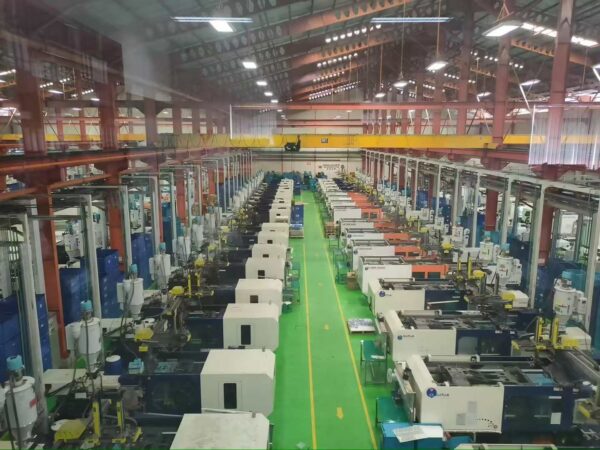
- Follow Manufacturer Guidelines
Always follow the manufacturer’s recommended maintenance and usage guidelines to ensure your desktop injection molding machine robot stays in optimal working condition. - Conduct Regular Inspections
It’s important to examine the machine periodically for any signs of wear or malfunction. Identifying and addressing potential issues early on will prevent them from developing into more serious problems that could impact performance. - Maintain a Clean Machine
Keeping the machine clean can significantly improve its operational efficiency and extend its service life. Dust, debris, and grime can all contribute to unnecessary wear on the machine’s moving parts, so regular cleaning is essential for optimal performance. - Upgrade Parts When Necessary
Over time, certain parts may need replacing or upgrading. Replacing aging components, such as heating elements or control systems, can improve efficiency and extend the machine’s lifespan.
Conclusion
The typical lifespan of a desktop injection molding machine robot ranges from 5 to 10 years, depending on usage, maintenance, and component quality. Regular servicing, proper care, and timely upgrades are key to maximizing performance and avoiding unplanned downtime. With consistent maintenance, these compact automation tools can deliver long-lasting, reliable results.
Founded in 2013, Foshan Samfacc Robot Co., Ltd. focuses on automation equipment for injection molding machines, combining strong R&D, advanced CNC machining, and automated assembly to ensure consistent quality. Samfacc’s desktop injection molding machine robots can easily last more than 10 years. With rapid growth over the past decade and a 95% customer repurchase rate, Samfacc is recognized for delivering reliable, high-performance, and cost-effective solutions trusted across the industry.


